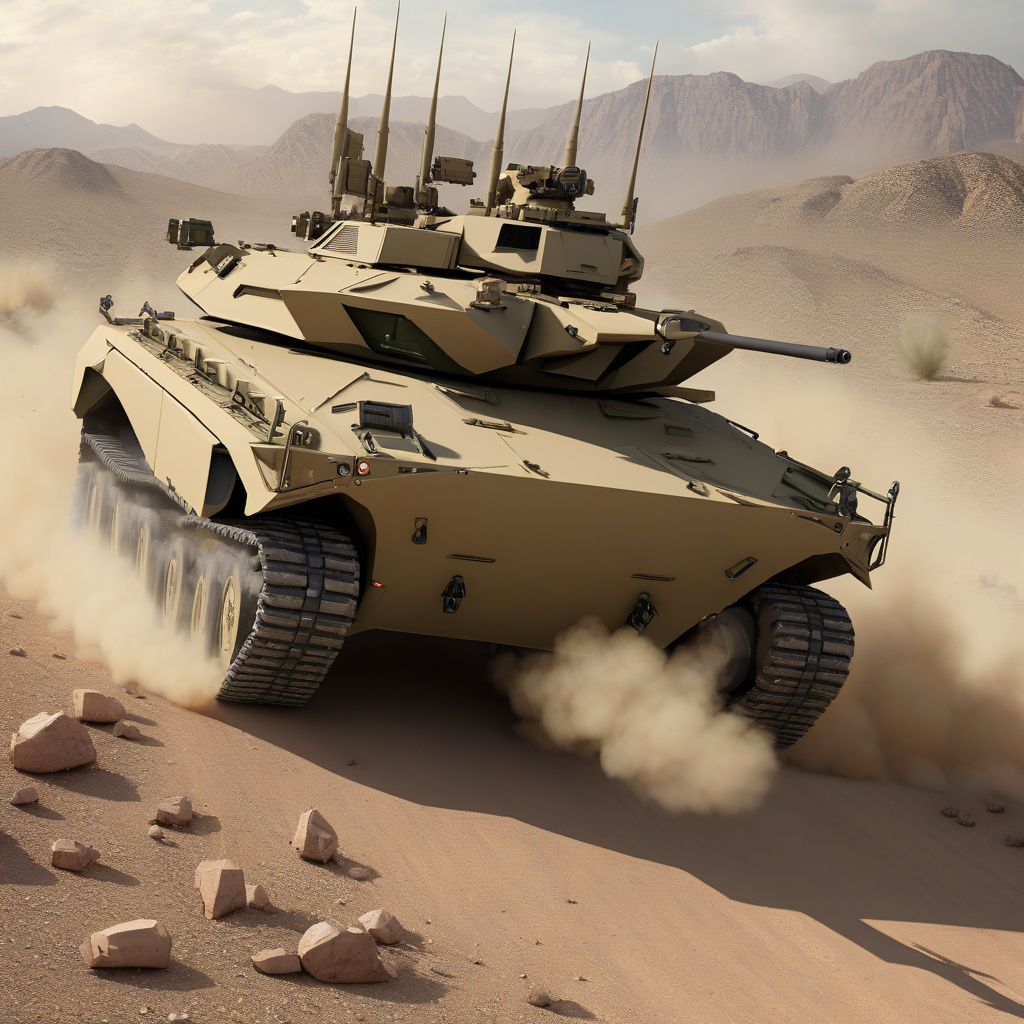US Army’s Next-Gen War Vehicle XM30 Gets Virtual Design Before It’s Even Built
The U.S. military is seeking virtual simulations’ help to modify the shape of the XM30, its next-generation war vehicle. This innovative approach showcases a shift towards cutting-edge technology in the defense sector, highlighting the importance of virtual design in modern warfare.
The XM30 project aims to develop a versatile and highly advanced war vehicle that meets the evolving needs of the U.S. Army on the battlefield. By leveraging virtual simulations, engineers and designers can visualize the vehicle in a digital environment, allowing for real-time modifications and adjustments before physical production begins.
One of the key advantages of using virtual design for the XM30 is the ability to test different configurations and features without the constraints of traditional manufacturing processes. This not only accelerates the design phase but also enables the integration of feedback from military experts to optimize the vehicle’s performance and capabilities.
Moreover, virtual simulations can help identify potential design flaws or issues that may not be immediately apparent in physical prototypes. By running simulations and stress tests in a virtual environment, engineers can fine-tune the XM30 to enhance its durability, mobility, and overall effectiveness in combat situations.
The use of virtual design for the XM30 also aligns with the broader trend of digital transformation in the defense industry. As technology continues to advance rapidly, military organizations are increasingly turning to virtual simulations, artificial intelligence, and other cutting-edge tools to develop next-generation weapons systems and equipment.
Furthermore, by embracing virtual design early in the development process, the U.S. Army can save both time and resources by minimizing the need for costly redesigns or modifications later on. This approach not only streamlines the production timeline but also ensures that the final version of the XM30 meets the highest standards of performance and reliability.
In conclusion, the integration of virtual design into the development of the XM30 represents a significant step forward in the U.S. Army’s efforts to modernize its fleet of war vehicles. By harnessing the power of virtual simulations, the military can create a more agile, adaptable, and technologically advanced vehicle that will undoubtedly enhance its capabilities on the modern battlefield.
#USArmy, #NextGen, #VirtualDesign, #XM30, #ModernWarfare












